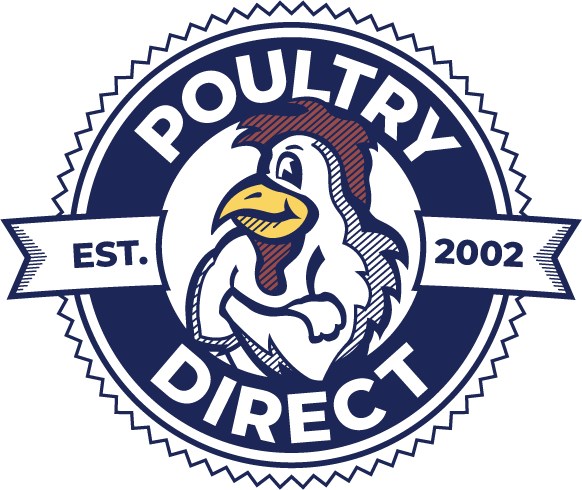As summer peaks and temperatures rise, so do out-of-office replies. July and August bring a wave of vacations, long weekends, and unpredictable schedules, creating gaps in communication, order delays, and slower business cycles. For suppliers, this seasonal disruption can lead to frustrating bottlenecks- especially when buyers are unavailable or slow to respond.
But while summer vacations can slow things down, they don’t have to stall business entirely. With the right strategy, you can stay ahead of disruptions, maintain steady sales, and keep supply chains moving.
It’s crucial to anticipate and plan around vacation schedules. Customer vacations aren’t a surprise—they happen every summer. The key is proactive planning to ensure orders, inventory, and logistics don’t suffer.
- Get ahead of scheduling conflicts. Communicate with customers and vendors early to confirm their summer availability, order deadlines, and delivery schedules.
- Secure orders in advance. Encourage customers to place larger or scheduled orders before peak vacation weeks to avoid last-minute gaps.
- Adjust internal staffing accordingly. Make sure your team is prepared to handle fluctuations in incoming and outgoing shipments.
To avoid radio silence during lengthier vacations, strengthen your relationships with secondary contacts wherever you can. When primary buyers are on vacation, business doesn’t have to stop. You wouldn’t take off for two weeks, shut off your emails and ignore work without a backup plan- and neither would your customers.
- Work with your contacts to determine who will approve orders and logistics in their absence. Have them introduce you personally to whoever is filling in those roles by email, phone, or even a meeting to ensure familiarity.
- Communicate early and often – Before vacations start, set expectations with both primary and secondary contacts about ongoing business needs. Ensure clear documentation – Make sure any special pricing, contract terms, or delivery schedules are documented and accessible to your backup contacts.
It’s a good idea to use the slower period to strengthen operations. If business does slow down for you, take advantage of the time to focus on internal improvements that are harder to prioritize during peak months:
- Review contracts and pricing, evaluate supplier agreements and determine what your business needs to finish the year strong.
- Don’t forget to check in with customers – Use the downtime to strengthen relationships, discuss long-term strategies, and identify future needs.
- Train and develop your team – Invest in skills development, cross-training, and process improvements to boost efficiency before business picks up again.
Never let your company become out of sight, out of mind. Keep your sales pipelines active with consistent follow-up throughout the summer. Just because decision-makers are out doesn’t mean interest is gone. Many companies start planning fall purchasing and demand-planning for holidays during summer months:
- Stay in touch by keeping customers engaged with regular check-ins and market updates so your business stays top-of-mind.
- Use automation to your advantage by scheduling follow-ups, email reminders, and order confirmations to maintain momentum.
- Plan ahead for post-vacation demand. Many businesses return in August looking to restock quickly. Be ready to move fast when customers get back.
Summer vacations may disrupt normal business cycles, but with advanced planning, strong customer relationships, and operational flexibility, protein suppliers can keep business running smoothly. By staying ahead of scheduling gaps, maintaining inventory readiness, and using downtime strategically, you can turn the summer slowdown into an opportunity for growth.
Because when customers return from vacation, they’ll need reliable partners. Make sure you’re ready to deliver.
Your Friends at Poultry Direct

